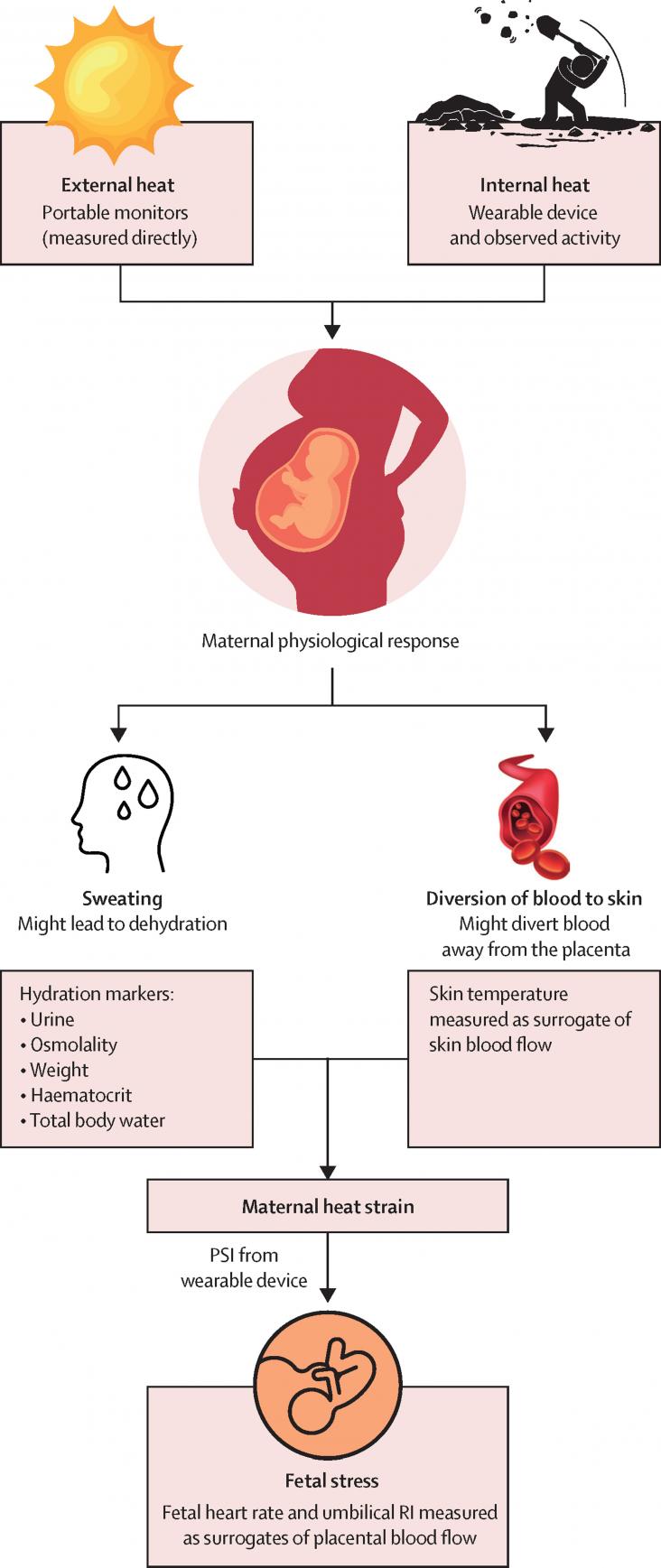The research seeks to estimate biogas production potential from livestock and slaughterhouse wastes in Ghana, in order to promote biogas technology as a possible alternative in the search for sustainable energy management methods and in support of the SDG goals.
This paper shows that although climate policies can sometimes slow the pace of economic growth, in the long term the benefits of avoided climate change impacts will overweight policy costs
This study attempts to investigate the suitability of the Wabe river water for Agricultural and Industrial purpose.
Valuable chemicals can be produced from agricultural apple fruit waste, which needs to be well managed and has the potential to improve sustainability. This article uses a low-cost catalyst to enhance the efficiency of chemical production from apple fruit waste. This work contributes to affordable energy production, economic growth and CO2 emissions reduction, which are related to SDG 7, 8 &13, respectively.
This chapter advances the UN SDG goals 11, 12, and 13 by offering two alternate approaches to Western planning—city making informed by biophilic systems and First Nations values—through Australian case studies that have similar systems of thought, aspirations, and values. The challenge is for use to adapt (or retrofit) our cities to redress climate change and our consumption values toward crafting robust, resilient, respectful and sustainable places.
This chapter advances Goals 3 and 13 by explaining why CE philosophy should be considered in national policies to guide waste and environmental management efforts.

This Article supports SDGs 3, 5, and 13, focusing on the mechanisms for adverse outcomes caused by environmental heat stress in pregnant subsistence farmers.
This Article supports SDGs 3 and 13 by estimating cost and benefits of climate change mitigation, focussing on heat-related labour losses and considering current mitigation pledges.
This Climate Countdown paper supports SDGs 3 and 13 by summarising procress through 27 climate indicators in China from 2021 to 2022.
Elsevier,
Ali Jalali, Phillip B. Roös, Murray Herron, Paras Sidiqui, Emma Duncan, Chapter 24 - Predictive modeling for reforestation of cities to mitigate climate change impacts, Editor(s): Zaheer Allam, Didier Chabaud, Catherine Gall, Florent Pratlong, Carlos Moreno, Resilient and Sustainable Cities, Elsevier, 2023, Pages 441-456, ISBN 9780323917186, https://doi.org/10.1016/B978-0-323-91718-6.00014-1.
This chapter advances UN SDG goals 11, 13, and 3 by discussing how urban reforestation could be among effective options for mitigating urban warming and climate change, further aiding planners and policy makers to create more sustainable and liveable cities.
